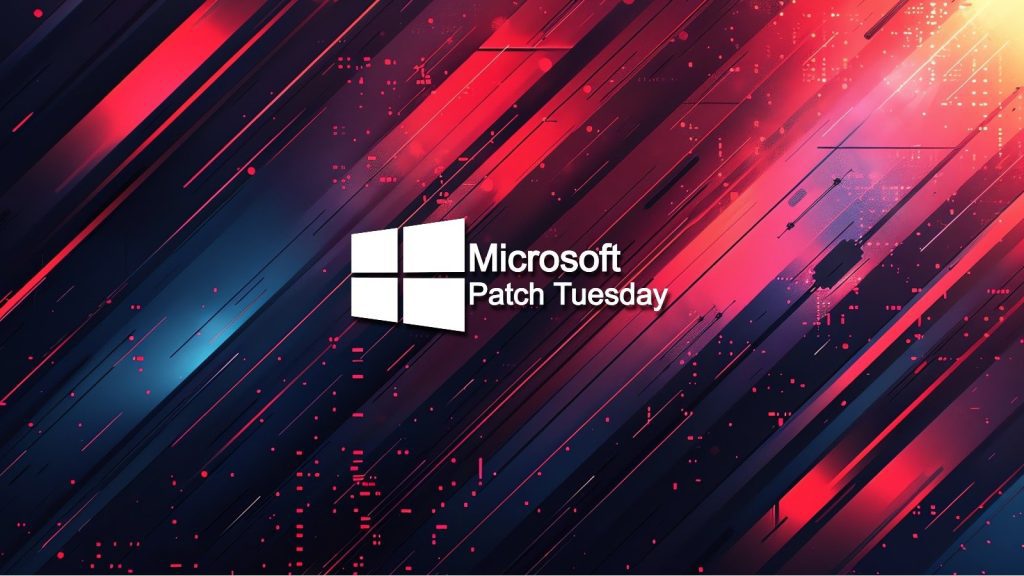Vulnerabilities in Microsoft Products
Microsoft has documented several security vulnerabilities across various products, each rated by severity and assigned a Common Vulnerabilities and Exposures (CVE) ID for tracking. This summary will detail some of the notable vulnerabilities affecting services like Azure, Windows operating systems, and Microsoft Office.
Azure Vulnerabilities
In Azure, critical vulnerabilities have been identified, such as CVE-2025-53793, which presents an information disclosure risk in the Azure Stack Hub, and CVE-2025-49707, concerning spoofing in Azure Virtual Machines categorized as critical. Other issues include several elevation of privilege vulnerabilities.
Windows Operating System Vulnerabilities
Multiple vulnerabilities affecting the Windows operating system include risks in components such as the Desktop Windows Manager and Graphics Kernel. For instance, CVE-2025-53152 enables remote code execution via the Desktop Windows Manager. Another critical vulnerability documented is CVE-2025-50176, which affects DirectX Graphics Kernel.
Microsoft Office Vulnerabilities
Microsoft Office applications also exhibit significant vulnerabilities. For example, CVE-2025-53740, rated as critical, allows remote code execution within Microsoft Office applications. Other vulnerabilities, such as in Microsoft Excel and PowerPoint, present serious security concerns as well.
SQL Server Vulnerabilities
SQL Server sees a range of elevation of privilege vulnerabilities including CVE-2025-49758, which poses a risk to server operations. Overall, SQL Server vulnerabilities fall under the important category, highlighting a need for timely updates and patches.
Network and Remote Access Vulnerabilities
Network services, particularly the Routing and Remote Access Service (RRAS), expose critical vulnerabilities such as CVE-2025-50157, which leads to information disclosure. These vulnerabilities warrant immediate attention to safeguard against potential security breaches.
Miscellaneous Vulnerabilities
Beyond the aforementioned areas, numerous other Microsoft components including Windows Media, Message Queuing, and the Windows Push Notifications System suffer from various vulnerabilities. For instance, CVE-2025-53145 details a remote code execution vulnerability in Message Queuing, demonstrating the widespread nature of vulnerabilities across Microsoft’s suite of products.



